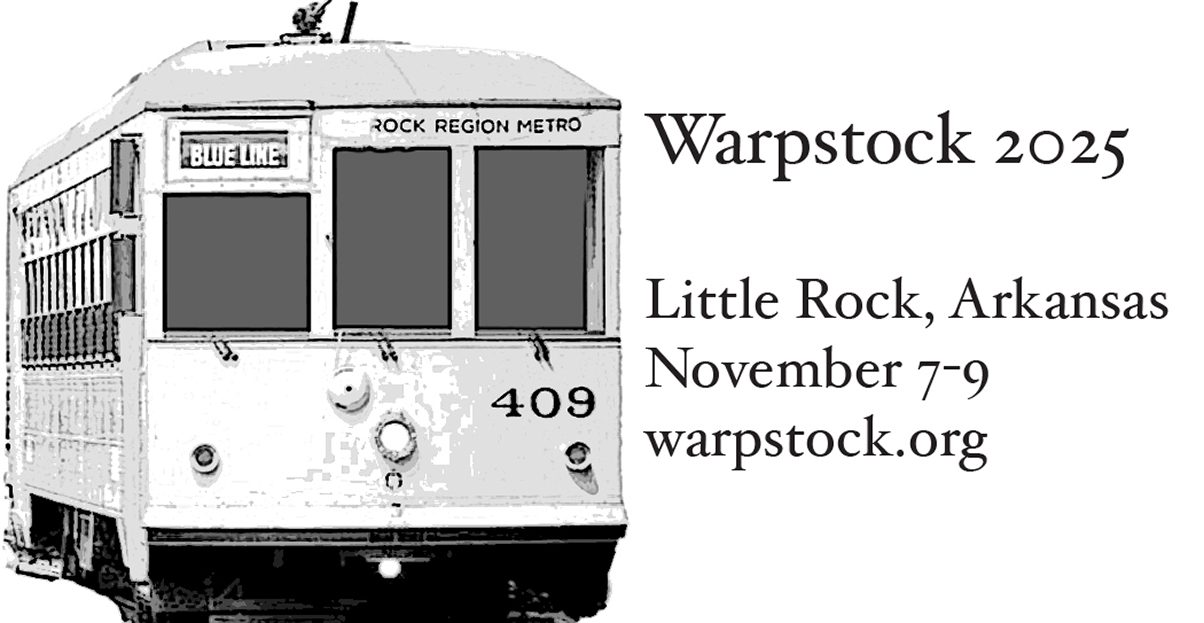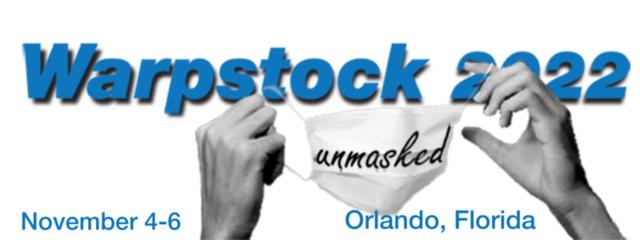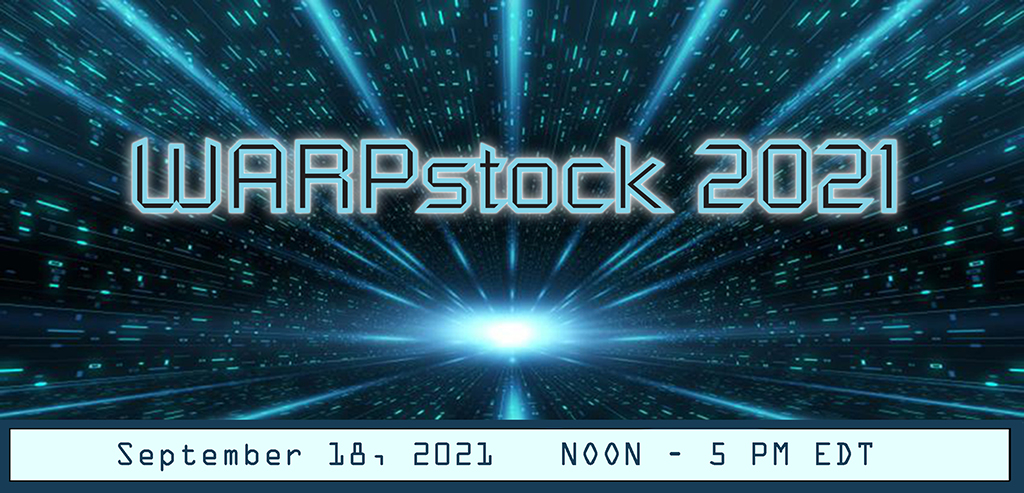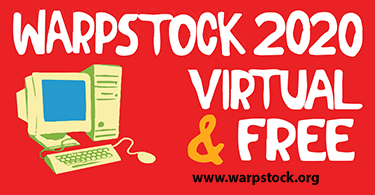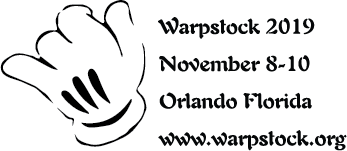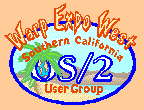May 2006
Using bootAble
As Presented in April 2006 at SCOUG
by Harry Chris Motin
| For your convenience, Using bootAble is also available as multiple pages of html, especially good for use as a presentation. You can download the zip file, unzip it in its own directory, and start by opening the page index_content.html in your browser.
|
Introduction: What Is bootAble?
bootAble is an REXX script to create a bootable CD/DVD or a maintenance partition for OS/2 and eCS:
- Prompt-driven script, enabling you to configure everything to your tastes and needs
- Can save results to a configuration file, eliminating need to respond to prompts for the next CD/DVD or partition
CD/DVD or partition has sufficient facilities to:
- Manage your system
- Recover your system
Highlights and capability:
- Interactive (prompt-driven) build of configuration files
- Floppy-emulation and no-floppy-emulation boot methods
- Boot to the Workplace Shell (WPS) or the commandline
- Support for FAT, FAT32, HPFS, HPFS386, NTFS, JFS, CDFS, UDF and LVM
- Support for IDE, SCSI, USB, mouse, serial and parallel ports
- Support for REXX and Object REXX
- Support for TCP/IP networking and DHCP
- Support for NETBIOS, NETBIOS over TCP/IP and Peer
- Support for several, native OS/2 (eCS) programs:
- 4OS/2 command shell
- Acrobat Reader, version 3
- Back Again/2000
- Dfsee
- DOIP
- DragText, version 3.8
- eCS Archive Viewer
- EMX runtime
- Extra OS/2 utilities
- Firefox
- Injoy, versions 2.3 and 3.0 (firewall not included)
- Java 1.31
- Mozilla
- Norman Anti Virus
- PMdll
- PMView
- SPF (a look-alike IBM mainframe editor)
- TCP/IP 4.1 + firewall
- Unimaint
- USB resource tool
- XWorkplace
Downloading bootAble and Associated Files
Go to http://www.xs4all.nl/~hrbaan/
and view the
documentation.
Then, download the appropriate files:
- Latest bootAble distribution (now at version 4.3):
- SIO2K patch, if desired (patch for UART or SIO driver trap)
- Memdisk files, if desired (support for no floppy emulation boot method)
- Other files or distributions, if desired
Recommend unzipping each of the above into separate folders:
Creating a bootAble CD/DVD or Maintenance Partition
Two (2) basic ways to run bootAble:
- First time run:
- Using a new bootAble distribution
- Creating a new bootAble configuration file:
- A configuration file is your saved responses to the prompts
- Therefore, you do not have to respond to prompts the next time you run bootAble
- Instead, run it with your configuration file as a parameter
- File can contain other desirable things, such as commands to copy personalized programs, scripts and the like to the CD/DVD or partition
- Question: why create more than one (1) configuration file; Answer: to boot your system up differently, perhaps as a hedge against future system configuration problems:
- Boot to WPS with Object REXX, networking and Peer
- Boot to WPS with Object REXX, no networking or Peer
- Boot to a commandline with Object REXX
- Boot to a commandline without Object REXX
- Using an existing bootAble configuration file:
- Place updated programs on the CD/DVD or partition
- Place updated drivers there
- Configuration file manually modified to add more functionality
First time run:
- Open a commandline in the folder where you unzipped the bootAble distribution
- Type and enter "bootAble.cmd" (without the quotes)
- "bootAble.cmd" calls the configuration file, "bootAble.cfg", which in turn prompts you for how you want to set up your CD/DVD or partition
- Respond to the prompts (usually requiring "Y" for "Yes", or "N" for "No")
- Possibly save results into a new configuration file
- A small number of responses will not be saved to the configuration file:
- Therefore, will have to respond to those prompts again, when you run using the configuration file
- You can fix that by manually editing the configuration file and placing your desired responses in it
- Use your configuration file as a guide for the proper command syntax
Using an existing configuration file:
- Open a commandline in the folder where you unzipped the bootAble distribution
- Type and enter a command to run bootAble with a configuration file. The syntax is:
bootAble.cmd [/v < verbose >] [< configuration file >|/@< configuration-list-file > ...]
- The optional arguments are the verbosity level and one or more configuration files
- The verbosity levels are for error checking and debugging; they are as follows:
- 1 = Progress messages
- 2 = Files copied and files parsed
- 4 = Config file parsing
- 8 = INI rc file parsing
- 64 = Error output of external commands
- 128 = All external command output
- Add the numbers together to combine levels (example: 195 = progress messages, files copied and files parsed, error output of external commands and all external command output)
- The configuration files override the defaults specified in "bootAble.cfg"
- The special form, /@configuration-list-file, results in the content of a configuration list file to be used to list additional configuration files
If the file, "bootAble.wpslst1", contains the lines:
bootAble.ba2k
bootAble.mozilla
bootAble.norman
Then, the command:
bootAble.cmd /v 67 bootAble_WPS.Mycfg /@bootAble.wpslst1
Produces the same results as the command:
bootAble.cmd /v 67 bootAble_WPS.Mycfg bootAble.ba2k bootAble.mozilla bootAble.norman
Testing Your CD/DVD or Partition
Of critical importance is that you thoroughly test each CD, DVD or partition. The following are some questions and concerns.
- Does the CD/DVD or partition boot up fully and without errors?
- If you have disk autocheck support, does chkdsk work properly and clear errors from a dirty shutdown?
- If you have WPS support:
- Does the mouse work?
- Do you have access to every program?
- Does any program partially, or fully, open off screen? If so, can use use keyboard sequences to fix it?
- Can you use keyboard sequences to operate program menu choices?
- If you have commandline boot:
- Can you open and run each commandline program?
- Can you use keyboard sequences to operate program menu choices (Back Again/2000 crash recovery utility is a good example to test)?
- If you have a system crash recovery program:
- Can you operate it fully and completely to recover
- Test recovering a non bootable partition or disk:
- If something goes wrong, you can restore it later, using your normally booted system
- Of course, you have previously tested your capability to do that from your fully up system
My experiences with Back Again/2000:
- Commandline crash recovery program, baiicr.exe:
- Executed from Back Again crash recovery diskettes:
- Balked when restoring the desktop files:
- Stopped with an error
- Shutting it down was the only recourse available
- Computer Data Strategies (CDS), now Intradyn, could not provide a solution
- My workaround:
- Excluded the desktop directory from my Back Again system backups
- Used Sentry (a GammaTech product) to make generation backups of the desktop (you can also use UniMaint)
- Restored the boot partition as a two (2) step process, using Back Again backups and the separately created desktop backups
- Had a REXX script (and a separate OS/2 commandline batch file) to help automate the process
- Run under the bootAble CD system:
- Balked when restoring my booting partition
- It successfully restored a non-booting partition
- Why?? Unknown!!
- WPS program, baii.exe (Back Again/2000, version 3), executed from a bootAble CD/DVD:
- Program requires the back up file to be listed in the Back Again catalog library before it can be used for a restore
- Normally, Back Again will allow you to retrieve a back up not listed in the catalog:
- Search for the desired file, using the file browse facility
- Select the file; Back Again will then list it in the catalog
- From there you can select it to partially or fully restore
- Problem is that Back Again writes the information to the "catalogs" directory of the Back Again installation on your hard drive (I think!!)
- Therefore, you need the Back Again system already residing in its usual place, on your hard drive, before you can restore your files, or system
- If Back Again exists there, the program will then run from the bootAble CD
- The bootAble configuration file for Back Again now as an attempted fix for the above (do not know if it is of any help):
- Back Again logs are included on the CD/DVD or partition
- Catalogs are included
- Back Again sets are included
- I've been told Back Again/2000, version 4, requests user registration information, when run from the bootAble CD/DVD??
Summary and Conclusions
bootAble is a powerful tool, enabling you to easily:
- Perform system maintenance
- Recover from system crashes
- Perform partial restores
The setup is easy and flexible:
- Prompt-driven script
- Configure everything to your tastes and needs
- Support for several native OS/2 (eCS) programs
You should thoroughly test each CD, DVD or partition soon after creation.
Acknowledgements
Hayo Baan:
- bootAble is a first class and well documented product
- Dedication to product quality and response to customer issues is first rate
Doug Bissett:
- Developed configMaker tool to ease creation of the config files and
command-line parameters (as included in the .wpi package)
- Developed configuration files for several supported programs,
including Back Again/2000 and Norman Anti Virus
Sandy Shapiro:
- Lent use of his laptop for this demonstration
- Tested this everything beforehand
- Lent his knowledge and experience to everything
SCOUG
The Southern California OS/2 User Group
P.O. Box 26904
Santa Ana, CA 92799-6904, USA
Copyright 2006 the Southern California OS/2 User Group. ALL RIGHTS
RESERVED.
SCOUG, Warp Expo West, and Warpfest are trademarks of the Southern California OS/2 User Group.
OS/2, Workplace Shell, and IBM are registered trademarks of International
Business Machines Corporation.
All other trademarks remain the property of their respective owners.
|

